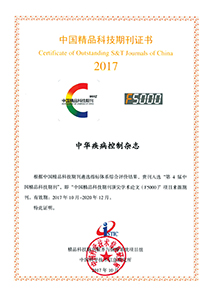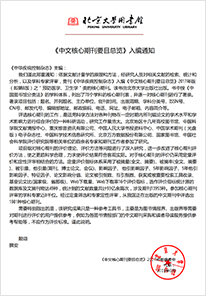2022 Vol. 26, No. 5
Display Method:
2022, 26(5): 497-501.
doi: 10.16462/j.cnki.zhjbkz.2022.05.001
Abstract:
2022, 26(5): 571-575.
doi: 10.16462/j.cnki.zhjbkz.2022.05.014
Abstract:
2022, 26(5): 502-507.
doi: 10.16462/j.cnki.zhjbkz.2022.05.002
Abstract:
2022, 26(5): 508-512.
doi: 10.16462/j.cnki.zhjbkz.2022.05.003
Abstract:
2022, 26(5): 513-516.
doi: 10.16462/j.cnki.zhjbkz.2022.05.004
Abstract:
2022, 26(5): 535-540.
doi: 10.16462/j.cnki.zhjbkz.2022.05.008
Abstract:
2022, 26(5): 541-546.
doi: 10.16462/j.cnki.zhjbkz.2022.05.009
Abstract:
2022, 26(5): 583-588.
doi: 10.16462/j.cnki.zhjbkz.2022.05.016
Abstract:
2022, 26(5): 589-594.
doi: 10.16462/j.cnki.zhjbkz.2022.05.017
Abstract:
2022, 26(5): 600-603.
doi: 10.16462/j.cnki.zhjbkz.2022.05.019
Abstract:
2022, 26(5): 604-610.
doi: 10.16462/j.cnki.zhjbkz.2022.05.020
Abstract:
2022, 26(5): 611-614.
doi: 10.16462/j.cnki.zhjbkz.2022.05.021
Abstract:
2022, 26(5): 615-620.
doi: 10.16462/j.cnki.zhjbkz.2022.05.022
Abstract:


 Email alert
Email alert RSS
RSS Abstract
Abstract HTML
HTML PDF
PDF





